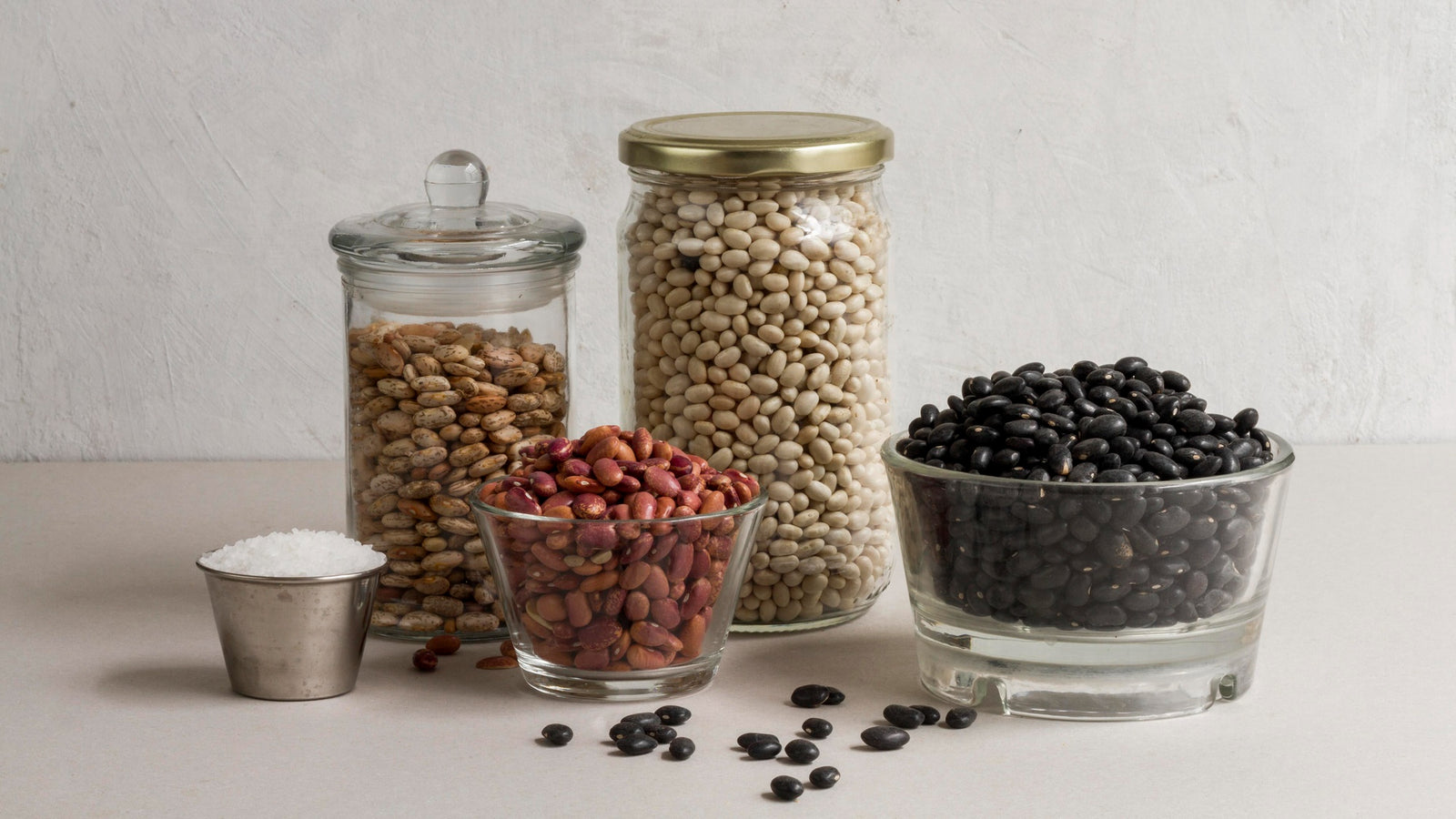
May 25, 2021 2 min read
Nutrition
As far as grains are concerned, spelt is by nature a whole food. It has a high protein content as well as exemplary dietary fiber. Spelt is also rich in vitamin B as well as important minerals like phosphorous, niacin, manganese, thiamine, and copper. Spelt promotes healthy cholesterol, helps control cravings, and gives plenty of energy. It is also a great grain for promoting a healthy heart, and can significantly lower the risk of diabetes.

Storing And Using
Spelt is available in its de-hulled whole-grain form known as spelt berries that may be prepared and cooked like rice. In its ground form, spelt flour may be substituted in most recipes calling for wheat flour such as bread, pasta, cookies, and other baked goods. To preserve the quality of whole-grain spelt, it should be stored in a cool dry area where it can keep well for 18 months in a container that allows it to breathe. Spelt flour, on the other hand, should be stored in an airtight container in a cool, dry spot. Spelt flour can last for about one month on the shelf and between two to three months in the refrigerator.
Stay tuned for next week's blog on spelt cooking tips. Check out our other Healthy & Organic Living blogs here.
❤ Try our USDA certified organic Spelt Wheat Berries ❤
Other Spelt Blogs:
Thanks for reading this Be Still Farms Blog article. To sign up for more news/articles and/or recipes, click here. For more about us, click here. To shop our certified organic products, click here.
Please comment and share and we look forward to serving you in the future!
Comments will be approved before showing up.

May 01, 2024 3 min read
This article explores the differences between cane sugar and beet sugar, from their production processes to environmental impacts, highlighting why understanding these distinctions is crucial for making informed decisions about food consumption and sustainability.

April 29, 2024 3 min read

April 24, 2024 3 min read
This article explores the unique characteristics and culinary uses of pinto beans, small red beans, and black beans. Highlighting their distinct flavors, textures, and nutritional profiles, the piece delves into how each bean fits into different regional cuisines and cooking methods. From the creamy texture of pinto beans in Mexican dishes to the firmness of small red beans in Caribbean meals and the robustness of black beans in Latin American recipes, this guide offers a comprehensive look at these versatile staples in global kitchens.
© 2024 Be Still Farms- Real, Fine Organics.
Privacy | Terms | Refund Policy | Organic Certification
